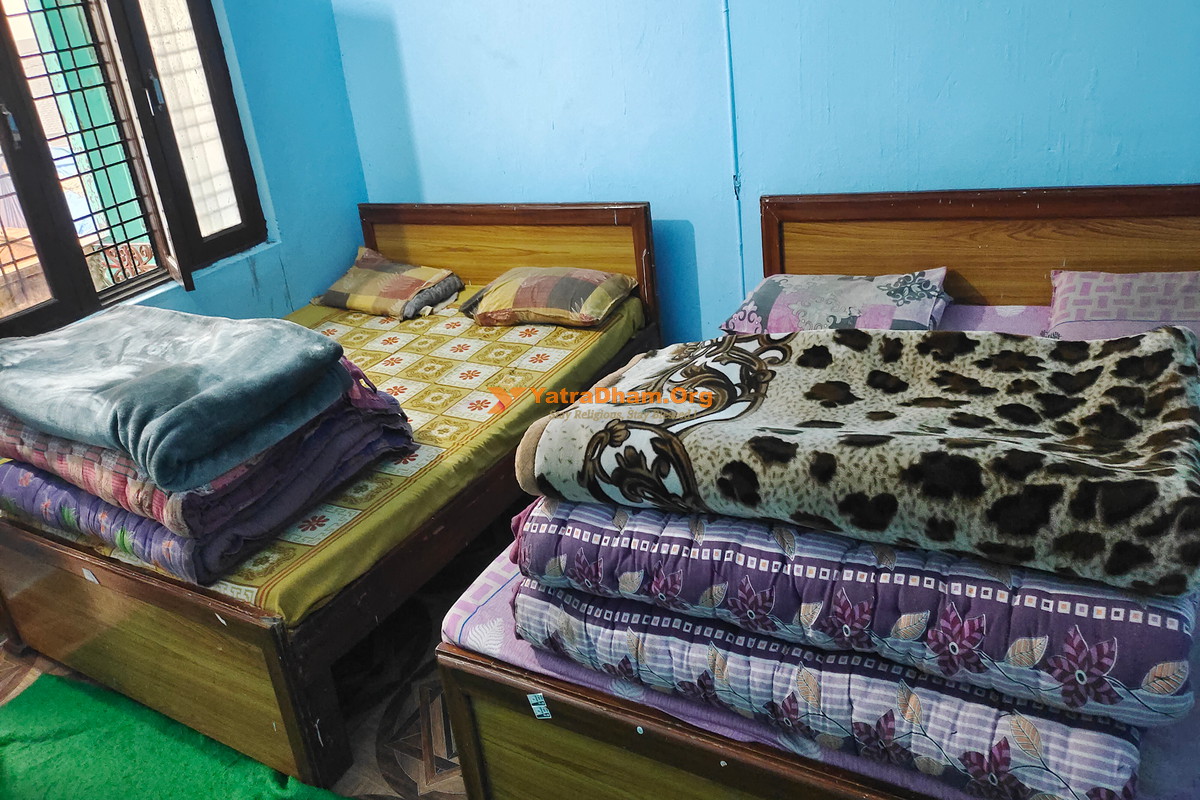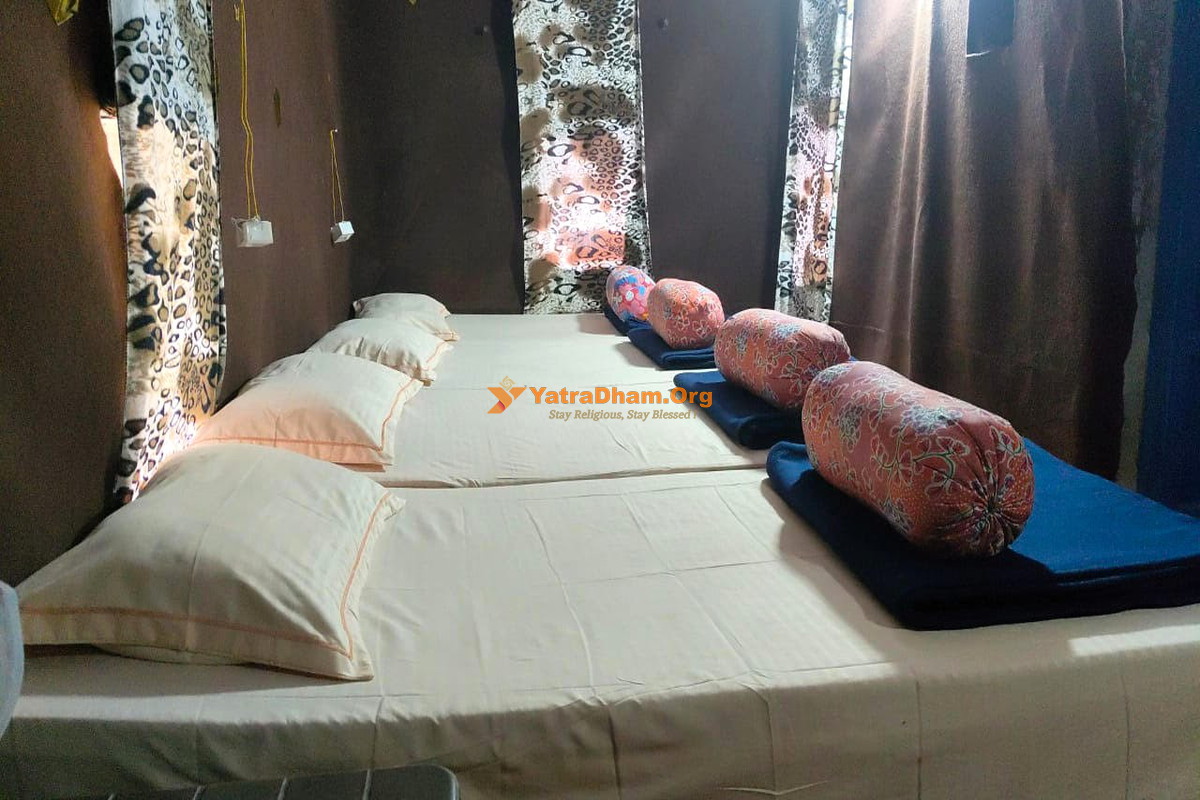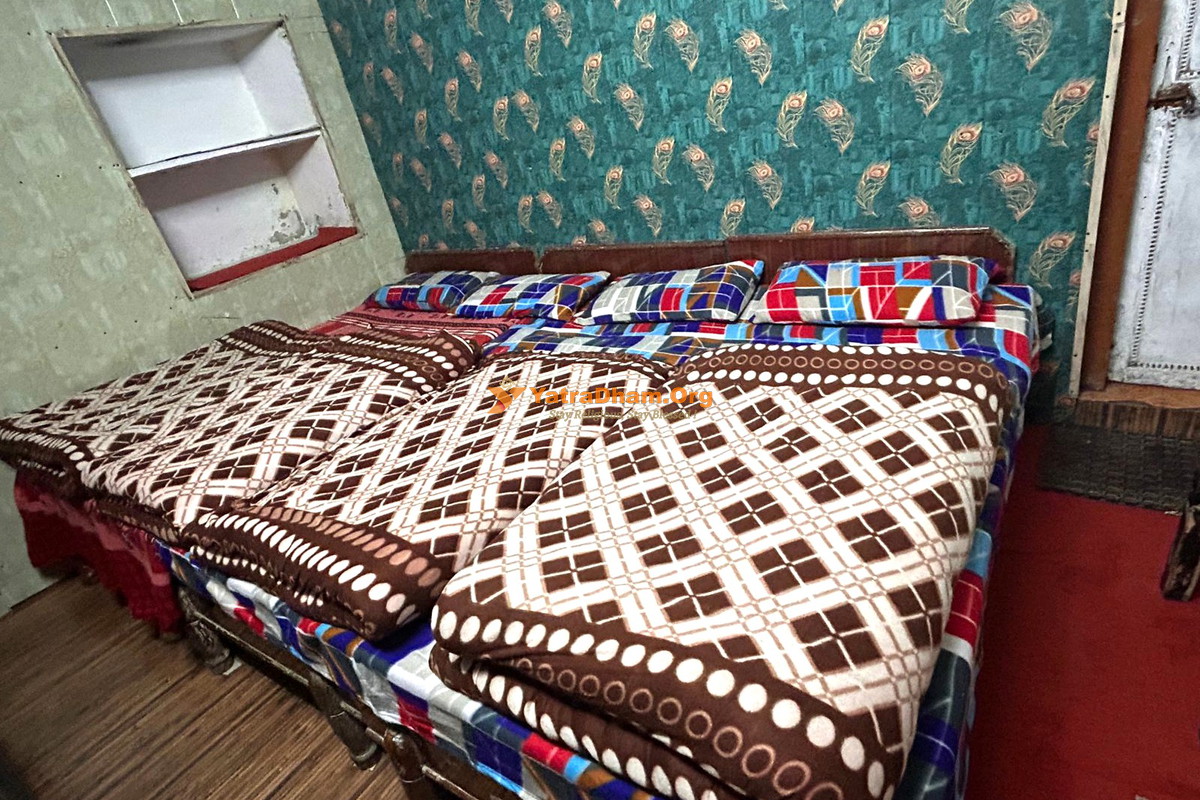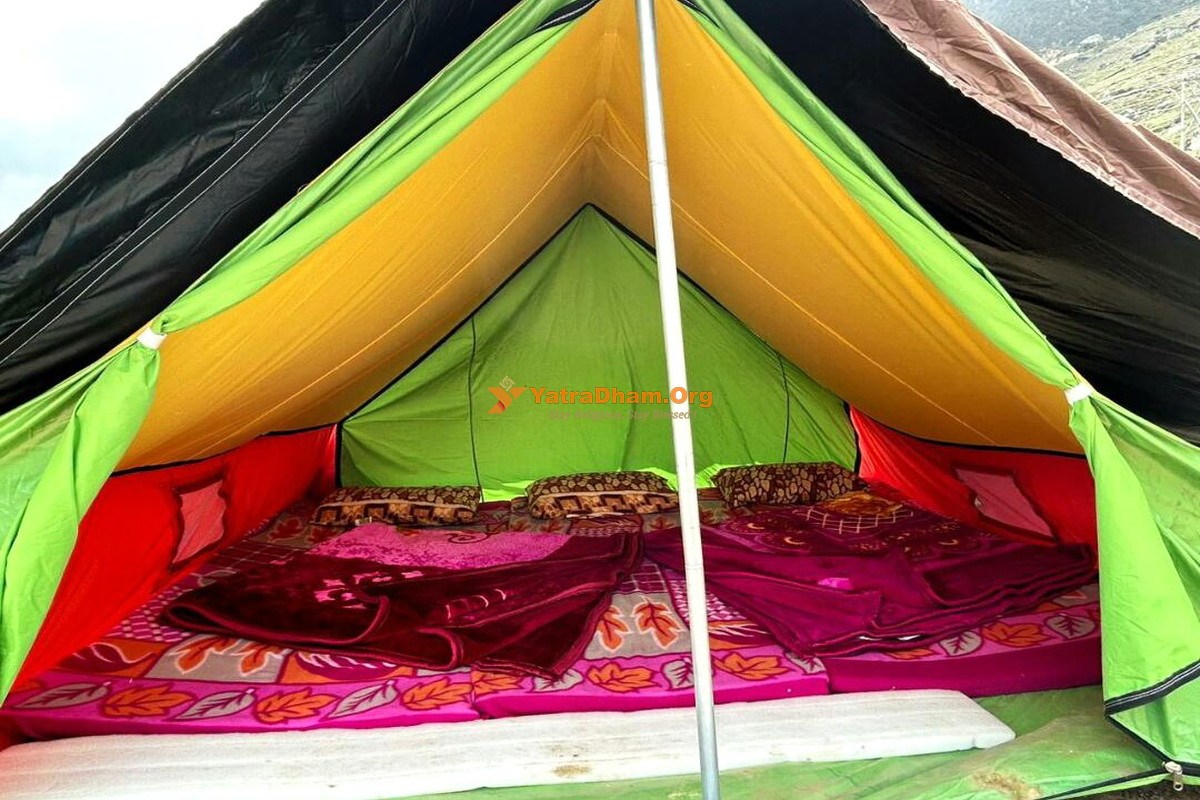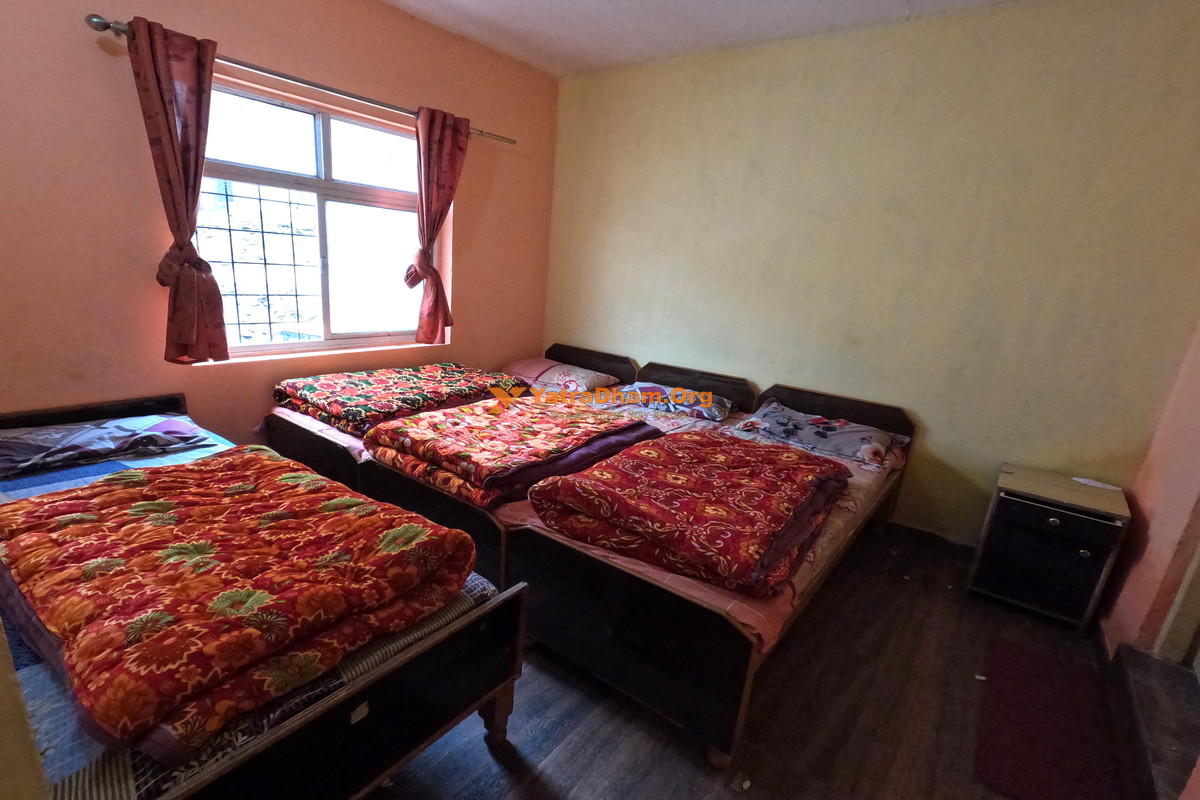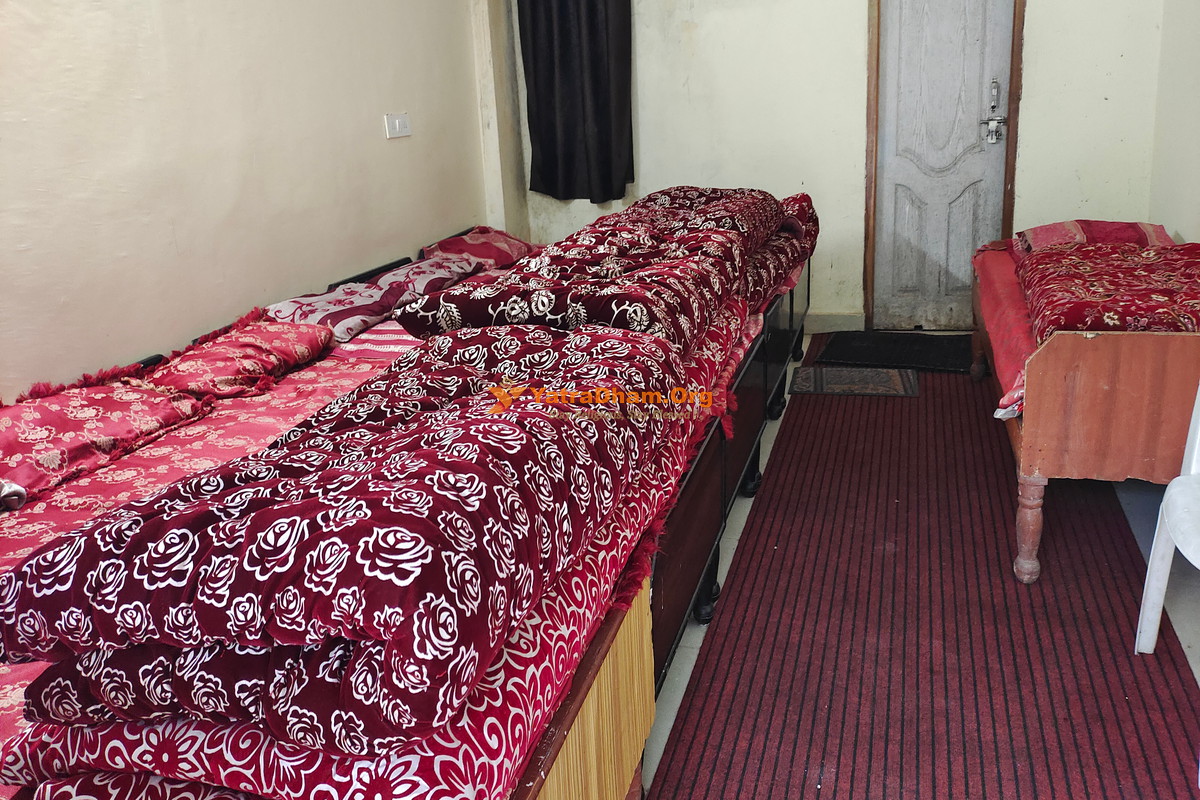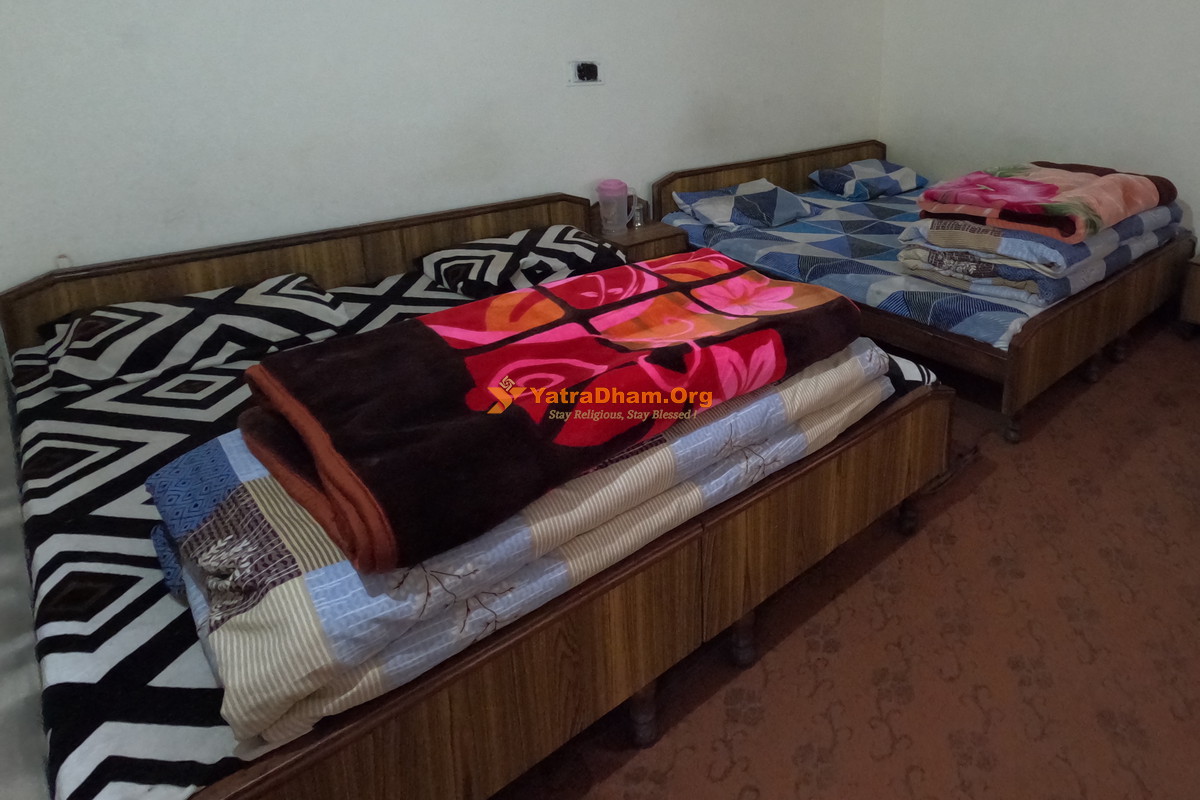Kedarnath is one of the most important pilgrimage places for Hindu devotees of Lord Shiva. It is one of the Twelve Jyotirlingas of Shiva. The temple is located at a height of 3,583 meters in the Garhwal Himalayan range near the Mandakini River. It is also an important and significant part of the Char Dham and Panch Kedar Pilgrimage. It is believed that the temple was constructed by Pandavas and was renovated by Adi Shankaracharya in the 8th century. The temple is open for a few months throughout the year, and that time is from April to mid-November. The temple remains closed during the winter season. Thus, due to its religious and spiritual importance, thousands of devotees visit this place annually.
History of Kedarnath Temple
According to Hindu mythology, Lord Shiva took the shape of a Jyotirlingam, or cosmic light. Kedarnath is the most famous of the twelve such Jyotirlingas. More than a thousand years ago, Jagad Guru Adi Shankaracharya built this magnificent and historical temple. It is located in the Uttarakhand State's Rudra Himalaya range. The nearest town, Gaurikund, is 16 km away by foot from the temple, which is 3,581 meters above sea level. The temple of Kedarnath is constructed on a broad, rectangular platform out of enormous slabs of stone. The holy holy place is reached by pilgrims climbing the temple via broad, grey stairs. These steps have Pali-language inscriptions on them. The sanctum's inner walls are decorated with mythological scenes and images of deities. The Mahabharata, a classic epic, is linked to Kedarnath's beginnings. In mythology, the Pandavas sought the blessings of Lord Shiva to atone for the sin of murdering men in battle after defeating the Kauravas. But Lord Shiva escaped them, assuming the shape of a bull and hiding near Kedarnath. He left his hump on the surface as he dove into the earth where the sanctuary currently sits in response to the Pandavas' pursuit. This hump is revered as Lord Shiva in his Sadashiva avatar, taking the shape of a conical rock. Pujas and archanas are performed to this apparition by priests and pilgrims. A revered statue of Lord Shiva, known as the deity's movable manifestation (Utsavar), is also housed within the temple. A huge statue of the bull, Nandi, sits watch outside the temple. Over the ages, the temple went through several renovations.
Significance of Kedarnath Temple
The Skanda Purana claims that Lord Shankar personally explained to Mata Parvati the significance and age of the Kedar area, stating that it is as old as he is. Here, Lord Shankar started the universe's creation by taking on the heavenly form of Brahma. Since then, he has held this hallowed location in particular close, making Kedarkhand a divine home on earth. Shri Kedar is the eleventh Jyotirlinga of India's twelve, and it is situated in the snow-capped Himalayan peaks of Uttarakhand's northern Rudraprayag region. The Pandavas are believed to have built this shrine first, following the Mahabharata conflict. The Kedarnath Temple stands at a height of around 80 feet. This amazing temple is a fine example of ancient construction. Built from finely carved segments of locally mined stone, the temple has a quadrangular design.
Deities and Shrines of Inside Kedarnath Temple
Lord Shiva's Jyotirlinga manifests himself as a massive rock in the Garbhagriha. A stone statue of Maa Parvati is located just outside the sanctuary. The idols of Mata Kunti, Shri Krishna, and the five Pandavas are located in the Sabhamandap (hall). Lord Ganesha and Shri Nandi appear in stone statues at the main entryway. The holy Amrit Kund is located along the Parikrama walk, also known as the circumambulatory walk. A stone deity of Bhairavnath is also situated along the eastern portion of this walkway.
Best Time to Visit Kedarnath
The best time to visit Kedarnath Jyotirlinga is from April to June; for more details, check the latest blog on the opening and closing dates of the Kedarnath Temple.
How to Reach Kedarnath
The temple being located in a remote area in the Garhwal Himalayas is a combination of road trek and adventure to reach this religious place.
By Road
To reach Kedarnath, one can hire taxis to GauriKund, and it is very easy to get a taxi to this place from various cities of Uttarakhand. Being well connected by road, one can comfortably reach here.
By Train
The nearest railway station to Kedarnath is Rishikesh (approx. 216 km), from where one can easily travel to this station, and from here you can hire a taxi to Gaurikund.
By Air
The nearest airport from Kedarnath is Jolly Grant Airport in Dehradun (approximately 238 km). From Dehradun, one can get state transport and even get a private taxi that leads to Gauri Kund.
By Trekking
To reach the temple from Gaurikund, one can have a trek of 16 km from the base to the temple. Also, the one who cannot trek the mountain can also go to Temple from the ways of helicopter, pony ride, and Palanquin, which are available to reach there.
By Helicopter
Helicopter services from Phata, Guptkashi, and Sersi to Kedarnath are available for devotees to reach the temple.
For more detailed information, check the latest blog on How to Reach Kedarnath.
 Darshan Timings
Darshan Timings
 Aarti Timings
Aarti Timings
 Dress Code
Traditional and Formal clothing
Dress Code
Traditional and Formal clothing
 Photography
Not allowed
Photography
Not allowed
 Prasad
Available
Prasad
Available
 Festival
Festival
 Other Note
Other Note






